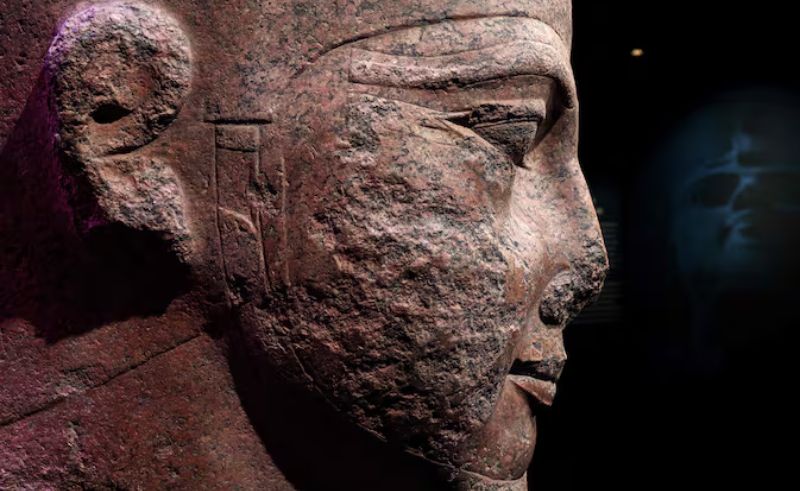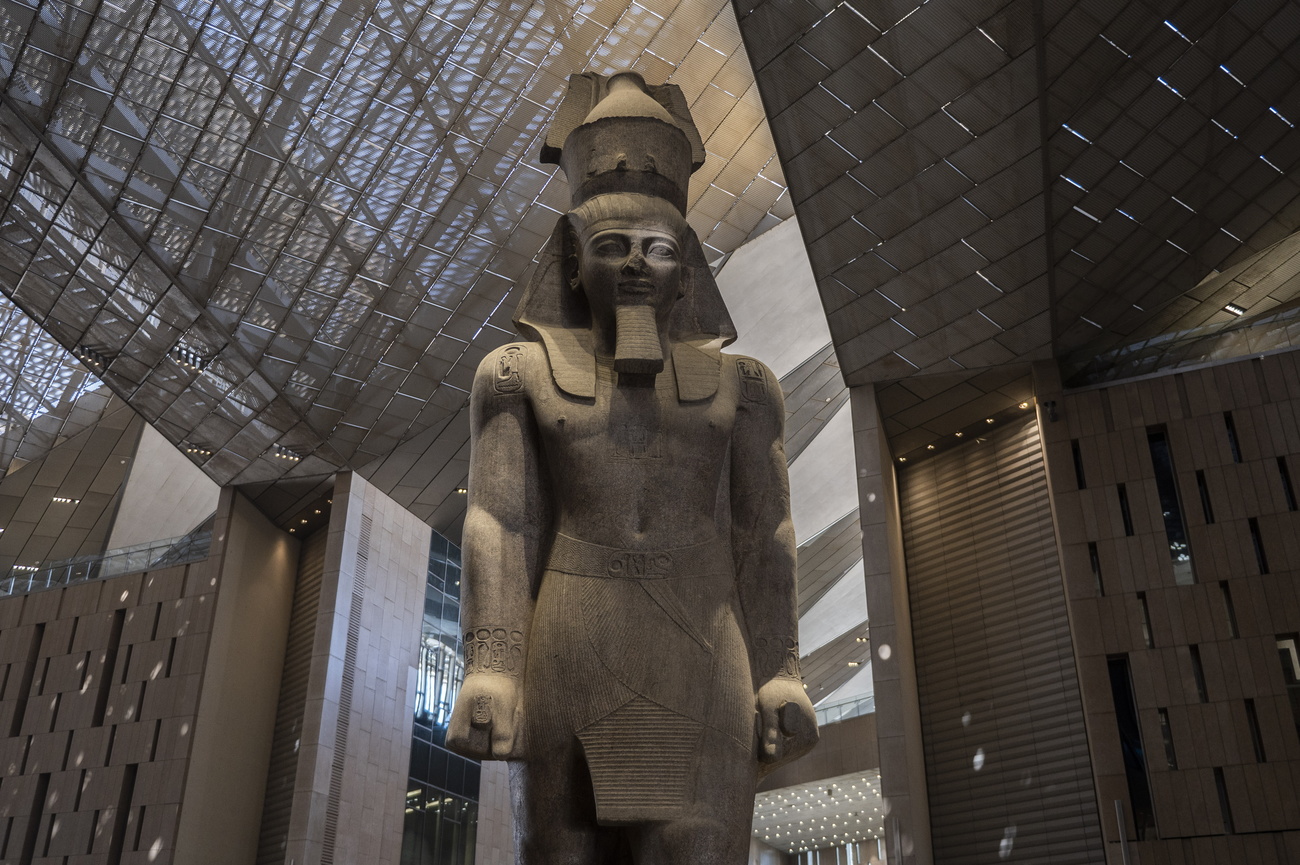Egypt has welcomed back a 3,400-year-old statue portraying King Ramses II. The statue long lost to the annals of time after being stolen and smuggled out of the country over three decades ago, now finds its rightful place within the hallowed halls of the Egyptian Museum in Cairo.

Also Read: Prehistoric Sea Reptile Discovered from Fossil Find
The saga begins in the late 1980s or early 1990s when the head of King Ramses II part of a larger statue group was stealthily snatched from its rightful place in the Ramses II temple in the ancient city of Abydos, Southern Egypt.
For over three decades the stolen King Ramses II artifact is shrouded in secrecy until it surfaced in 2013 at an exhibition in London. Egyptian authorities, vigilant as ever, spotted the relic and initiated efforts to reclaim it.
The pursuit of the pilfered piece led authorities through a labyrinth of international borders. From London, the statue went on a clandestine journey making stops in several countries before finding refuge in Switzerland.
Egypt’s pursuit of its cultural heritage received a boost through collaborative efforts with Swiss authorities.
The partnership between the two nations proved instrumental in establishing Egypt’s rightful ownership of the King Ramses II artifact.
Legal proceedings ensued and Egypt’s claim to the statue was validated affirming that the artifact had indeed left Egyptian borders unlawfully. The culmination of these efforts led to the statue’s repatriation to the Egyptian embassy in Bern in 2023.
The return of the King Ramses II statue is a symbol of Egypt’s sovereignty to safeguarding its cultural legacy. It underlines the nation’s resolve to reclaim its stolen heritage and restore it to its rightful place.
With the artifact safely back in Egyptian custody authorities have announced plans for its restoration and preservation.
The Egyptian Museum in Cairo, a bastion of ancient treasures will serve as the sanctuary where the statue will undergo rejuvenation.
The King Ramses II statue, with its rich history is more than just a relic, it is a tangible link to Egypt’s illustrious past.
As part of a group of statues depicting the pharaoh alongside Egyptian deities it offers invaluable insights into ancient Egyptian religious beliefs and societal structures.
Also Read: Ancient Tomb Unveils the Secrets of Panama’s Coclé Civilization
King Ramses II also known as Ramses the Great holds a revered place in ancient Egyptian history as one of its most powerful pharaohs.
This ancient artifact began over three decades ago when it was surreptitiously removed from the Ramses II temple in the ancient city of Abydos in the southern expanse of Egypt.
While the exact date of the theft remains in the mists of history, estimates suggest it occurred in the late 1980s or early 1990s.
The pilfered statue a fragment depicting the regal visage of King Ramses II, languished in obscurity for years until its resurgence in 2013 at an exhibition in London.
Egyptian authorities, vigilant in their duty to safeguard the nation’s cultural heritage, identified the stolen artifact when it surfaced for sale in London.
Thus began a pursuit across borders and continents, as the statue traversed various countries before finding itself ensconced in Switzerland.
Collaborative efforts between Egypt and Swiss authorities were instrumental in establishing rightful ownership and facilitating the artifact’s return to its native land.
This narrative lies the towering figure of King Ramses II also known as Ramses the Great, whose reign during the Nineteenth Dynasty of Egypt.
Renowned for his military prowess and architectural works, Ramses II ascended to the throne in 1279 B.C., reigning until 1213 B.C.
As one of ancient Egypt’s most powerful pharaohs, his works resonates through the ages symbolizing the zenith of Egyptian civilization.
Upon its arrival at the Egyptian Museum in Cairo, the artifact will undergo restoration and maintenance ensuring that it remains a beacon of Egypt’s cultural legacy for generations to come. Experts will revive the statue to its former glory allowing it to once again grace the halls of history.
Egypt extends its heartfelt gratitude to all entities involved in the repatriation process, including the Ministry of Foreign Affairs, the International Cooperation Office of the Public Prosecution Office, Swiss authorities, and the Egyptian embassy in Bern.
Also Read: World’s Oldest Fossilized Forest Dating Back 390 Million Years Discovered in UK























